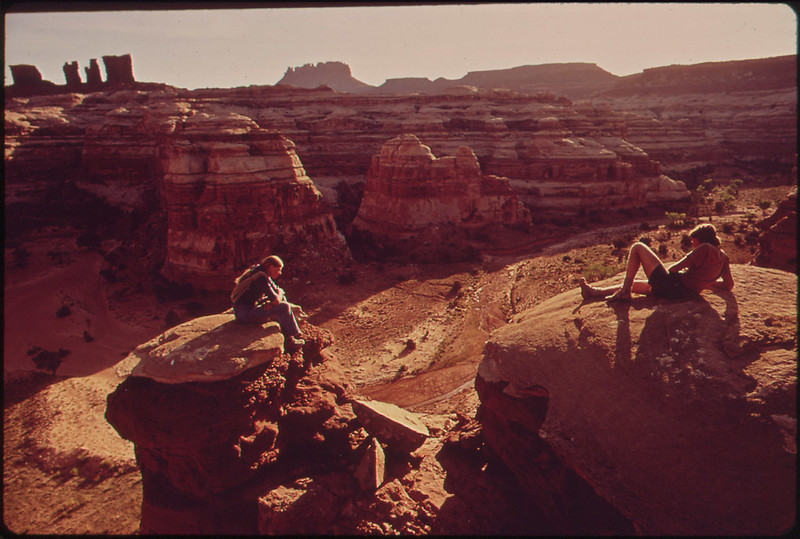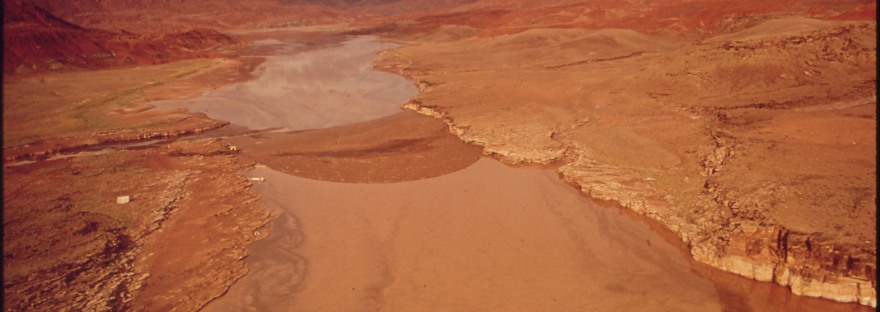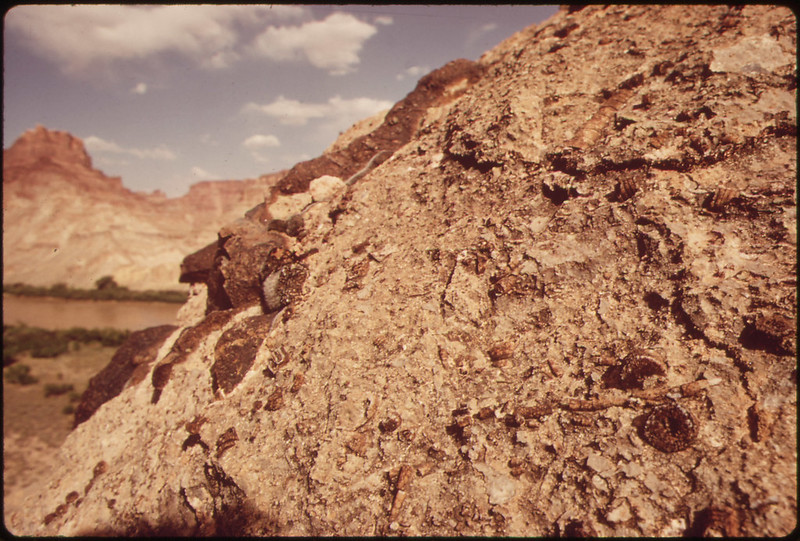The settlement of the Great Plains would never have happened so quickly, if not for a few key figures. Among them was Ferdinand Hayden, a theologist and surgeon by training, but a naturalist and geologist at heart.
Hayden was born in Massachusetts, but a troubled childhood—an alcoholic father and an abandoning mother who were unmarried—led him to be raised by his aunt and uncle in Ohio. Eventually, he made it to Oberlin College and attained a degree in theological studies, and later to Albany Medical College, where he received his medical degree. In Albany, however, he also met a number of aspiring paleontologists, such as James Hall and F. B. Meek. These two encouraged him to reach out to others, and to go out west and explore. At this time, his field work was focused around South Dakota and the Missouri River.
Hayden began publishing geologic papers with Meek, as well as collecting vast collection of fossil and archaeological specimens. Together, he and Meek are credited with some big finds: the first soft-shelled turtle fossil in America, and the first dinosaur remains. That’s not all. Hayden also gathered fish, shells, plants, mammoth and mastodon teeth, mammal bones, and more. On the human side, he found axes, pottery, flint shards, and mining tools. The Smithsonian Institute was quite intrigued with these artifacts, and unofficially recruited him to help them expand their own collection. Hayden became part of the Megatherium Club with a few other gentleman scientists and collected thousands of specimens for the Smithsonian.
After a few years as a surgeon for the Union army during the Civil War, Hayden went back to his geology. He headed a party that discovered and surveyed the vast coal beds of Colorado and Wyoming, making news all the way across the pond in London. Hayden then went on to survey Iowa and Nebraska, Montana, Missouri, New Mexico, and Wyoming. His reputation as a geologist grew so much that his funding from the government grew from $5,000 to $75,000 a year. Hayden was even considered for the first director of the newly formed U.S. Geological Survey—though he didn’t get the job.
While not an active proponent of rain follows the plow, Hayden’s exploration did lead him to believe that the planting of trees in the Great Plains would be the key in the settlement and agricultural prosperity of the region. He had seen how the addition of trees might have increased rainfall in other regions and was ready to extend that idea to his beloved Great American Desert.
Featured photo courtesy of Thomas on Pexels stock photos:
https://www.pexels.com/photo/south-dakota-badlands-53817/
See the following sources for more info:
https://www.si.edu/sisearch/collection-images?edan_q=ferdinand%2Bhayden
https://siarchives.si.edu/featured-topics/megatherium/introduction
Foster, M. (1986). Ferdinand Vandeveer Hayden as Naturalist. American Zoologist, 26(2), 343-349.
M. B. (1888). FERDINAND VANDERVEER HAYDEN. Scientific American (1845-1908), Lviii.(No. 1.), 9.
Picard, M. (2010). Revisiting the life and scientific reputation of Ferdinand Vandeveer Hayden. Rocky Mountain Geology, 45(1), 75-81.














